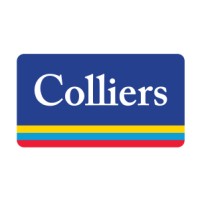
KRE Group
Founded in 1979 and headquartered in Jersey City, NJ, KRE Group is a full-service real estate investment and management company with properties in New York, New Jersey, Pennsylvania and Florida. The KRE multi-family portfolio exceeds 9,000 existing apartments, with an additional 7,000 in various stages of approval and construction. The company also owns and manages more than 6,000,000 square feet of office, warehouse, and retail space. We are dedicated professional partners. From our investors, to our tenants, to the neighborhoods in which we build, we seek to provide positive social, economic, and physical impacts for all stakeholders. With an unparalleled breadth of experience, our team is tirelessly interested in how our real estate enhances the financial returns of our investors, workplaces of our tenants, and the lifestyles of our residents. This professional partnership objective is what sets KRE apart from our competitors. We pride ourselves on our impeccable attention to detail and our outstanding tradition of integrity. Learn more about our company at our website www.thekregroup.com






